Ah yes, racing in Assetto Corsa Competizione. The thrill of taking your GT3 car to the limit of adhesion, battling wheel-to-wheel at obscene speeds, engaging in vehicular combat with your opponents around the most glamorous circuits across the globe. What’s the secret to achieving this motorsport equivalent of nirvana? Years of training? Millions of pounds? The Senna-like belief in your own God-given talent?
Tyre pressures.
No, wait, hear me out…
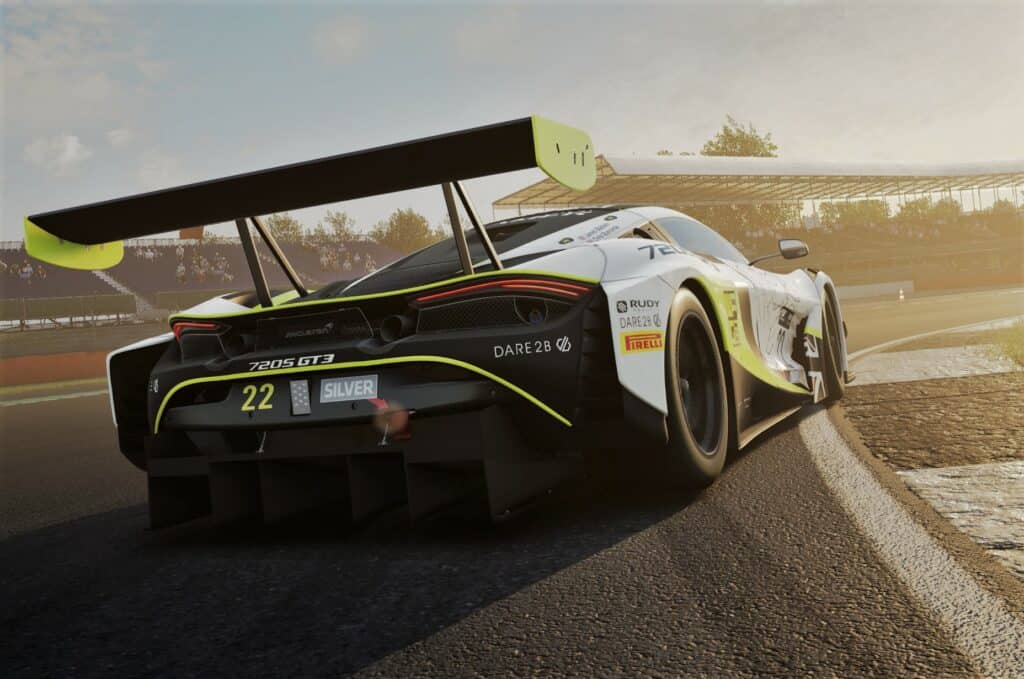
As the sole component connecting your car to the race track, getting the best out of your tyres is key to having any chance of competing for wins at the top level. This applies as much to real-life as it does to esports and sims such as Assetto Corsa Competizione (ACC.)
Keeping the tyre pressure at optimum levels aids, grip, tyre life and prevents punctures. Sims such as iRacing, rFactor 2 & ACC have their own take on tyre modelling, and all have their quirks and flaws. But, by and large, ACC has attracted a lot of praise for the way the tyre model replicates rubber warm-up, slow punctures, graining and flat spots.
Setting the correct tyre pressure in Assetto Corsa Competizione really does affect lap time too, losing tenths of a second per lap is possible if you veer away from the optimum pressure by one pound per square inch (PSI) – the standard unit of pressure measurement.
How to use the Assetto Corsa Competizione tyre widget
Speaking of optimum pressures, KUNOS Simulazioni – the developer of ACC – states the optimum tyre pressure for GT3 cars sits between 27.3-27.8 PSI, based on the revised 2020 DHE tyre model – the old DHD2 2019 tyre model’s optimum pressure range sat at 27.5-28.0 PSI.
Over or under-inflating the tyres will result in uneven wear and an unbalanced car, something you don’t want in the context of a one or two hour-long endurance race.
Handily, ACC provides a colourised widget in the bottom right corner of your screen, displaying three rectangular vertical bars per tyre, indicating the inside, middle and outside of the tread. Three bars running in parallel to each other indicates the pressures are at an optimum level, and if one or two bars are raised or lowered then there’s an issue.
Below are some examples that illustrate three different scenarios.

The above image shows optimum pressures, no worries! You might be better to raise the right rear starting tyre pressure by a couple of clicks just in case, however.

The centre bar is raised above the inside and outside bars. This shows the tyre is currently over-pressured and starting tyre pressures need to be reduced.

The centre bar is below the inside & outside bars, showing pressures are too low. To be fair, you’d certainly notice if there was an issue here as the car would likely be swapping ends rather quickly!
Assetto Corsa Competizione tyre widget temperature colours
Blue = cold, susceptible to ‘cold graining’ of tyre, where rubber builds up on the tyre surface and reduces grip
Green = optimum temperature
Orange = too hot, grip will be reduced significantly
Red = melted rubber, car will likely spin out if pushed too hard
Adjusting brake ducts in Assetto Corsa Competizione
If your tyres get too hot then they lose grip dramatically, creating wheelspin and excessive scrubbing. It’s, therefore, best to ease off for a few corners until the temperatures are back under control. If the rubber is constantly either too cold or too hot, then you can look at adjusting the brake duct size.
Increasing the size of the brake duct allows more air to pass onto the braking system, thus cooling it and the tyre carcass more efficiently. Conversely, narrowing the brake duct allows less airflow around the tyre, so will keep them warmer.
Getting the correct compromise is sometimes tricky, and altering the duct size will also likely require an adjustment in starting pressures to compensate for more or less brake cooling.
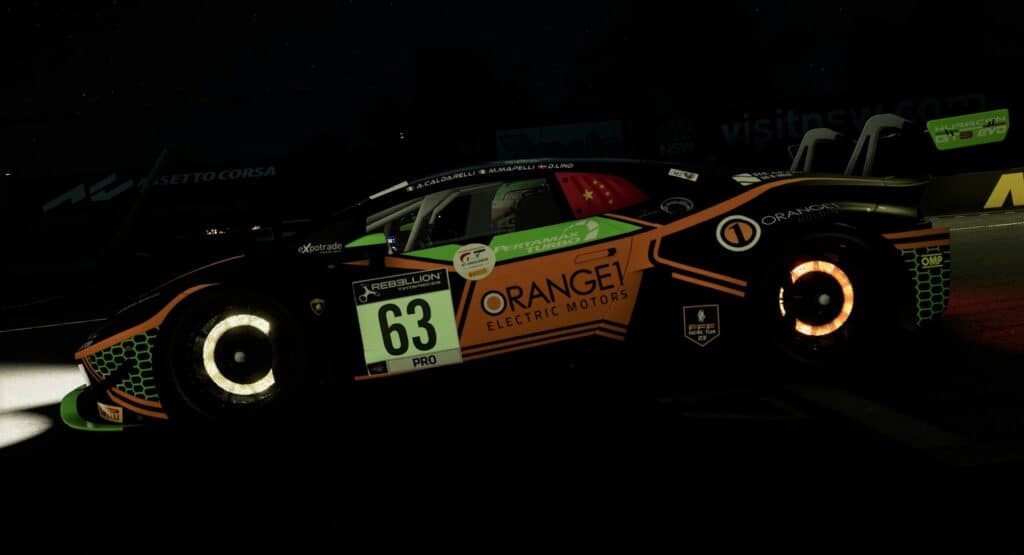
OTHER TyRE MANAGEMENT TOOLS in Assetto Corsa Competizione
The aim is to keep the tyres green and at optimum pressures as much as possible. With changing track and air temperatures, and even wet weather thrown into the mix, this can be tricky. However, you can use a couple of strategies to help you.
If you find that your rear tyres are overheating thanks to wheelspin, add a click or two of traction control (TC) to limit this. If your front tyres are overheating, try moving the brake balance rearwards to decrease the strain.
In one challenging race I had to contend with failing rear brake pads – another realistically simulated feature in ACC – so every time I hit the anchors my rear brakes would heat up dramatically, thereby overheating the tyres and increasing their pressures. In this scenario, turning up the TC and moving the brake balance as far forward as possible helped massively in maintaining grip.
On a side note, we were also short on fuel so I had to lift and coast as well, causing a perfect storm of brain-melting car management...
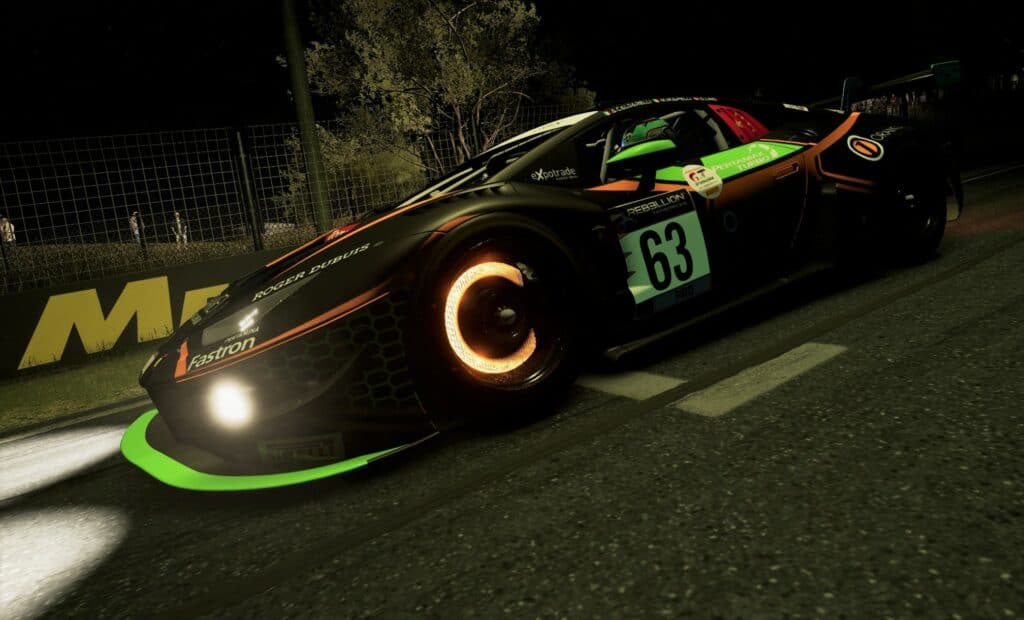
From the examples above you can see that setting tyre pressures in ACC is not an exact science, and is subject to the changing nature of track conditions.
For example, if you know the track is likely to cool down during a stint – if the race starting time is late afternoon for example – then it may be prudent to set your pressures a little higher at the beginning of the stint so they don’t then drop out of the optimum pressure window at the end.
In a longer race where changing tyres is mandatory, you can also adjust the pressures on your next tyre set in the pit menu, which is handy when conditions change. If the track changes from dry to wet, be sure to adjust tyre pressures in a major fashion, as wet tyres have an optimum pressure range of 29.5-31.0 PSI across both 2019 and 2020 tyre models.
GT4 tyre pressure advice
The GT4 cars in ACC follow the same principles as above, but have a lower optimum pressure range, with optimum grip found between 26.8-27.4 PSI.
Just like the real GT4 series, these cars don’t have access to tyre warmers, so tyre pressures start off much lower than the GT3 cars and therefore take a few laps to really hit their sweet spot. You also have to be very careful to avoid kerbs, as the tyres can puncture easily at lower pressures.
In fact, GT4 cars seem to be more susceptible to punctures in general, even when at optimum pressures, which is why I usually have them running at higher than optimal pressures to counteract this.
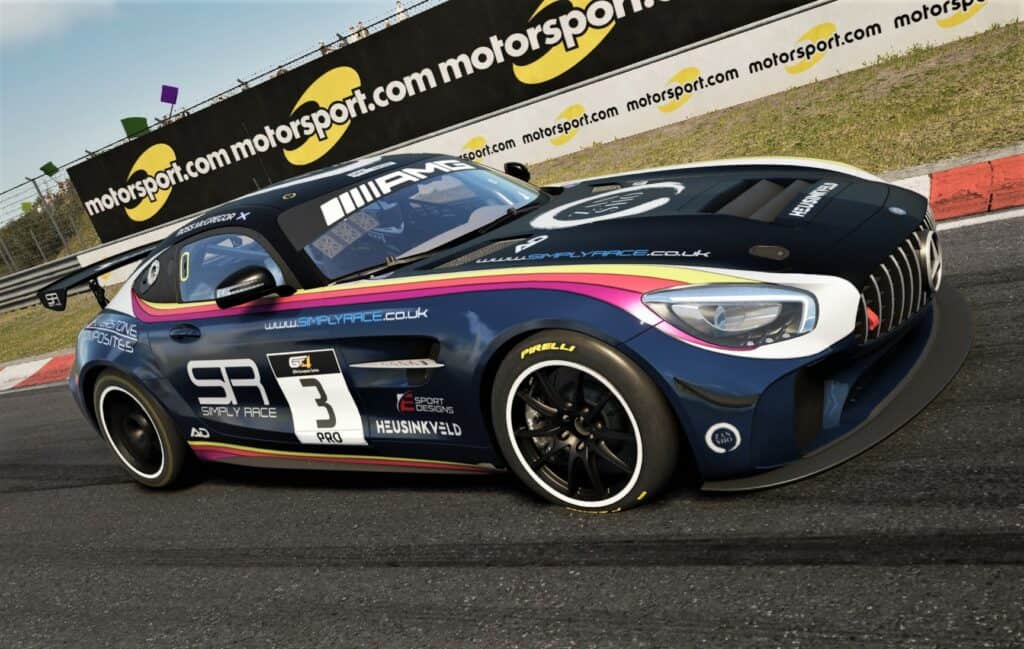
ESPORTS PREPARATION: PRO LEVEL
The biggest weapon in your armoury in terms of ACC tyre pressures is experience. So, the more you race and the more changeable track situations you find yourself in, the easier you will find it to adapt and make positive and informed pressure changes on the fly.
You can even do what I do, and create your very own tyre pressure spreadsheet, where I find out the optimum pressure values at as many track/air temperatures as possible.
| AIR TEMP | track temp | FL (cold psi) | FR (cold psi) | RL (cold psi) | RR (cold psi) |
| 7C | 6-7C | 27.5 | 28.3 | 27.5 | 28.2 |
| 8C | 8-9C | 27.4 | 28.2 | 27.4 | 28.1 |
| 9C | 10-11C | 27.3 | 28.1 | 27.3 | 28 |
| 11C | 12-13C | 27.2 | 28 | 27.2 | 27.9 |
| 12C | 14-15C | 27.0 | 27.9 | 27.0 | 27.8 |
It takes a long time to do something like this, so is only really worthwhile for the more important races in your sim racing career, but it’s undoubtedly handy having a catalogue of starting pressures based on a range of air and track temperatures.
It also allows you to spot a visual trend you can then extrapolate for higher track temperatures. For example, you can see from the above table that every two-degree increase in track temperature led to increasing starting tyre pressures by roughly 0.1 PSI. It doesn’t always work out so neatly, but a general rule of thumb is to increase starting pressures by 0.1-0.2PSI for every one-degree increase in track temperature.
Obviously, not everyone needs to go to such lengths to optimise tyre pressures in Assetto Corsa Competizione, but at the top level where everyone is looking to find that extra little bit of lap time, it becomes vital as it provides you with a platform to develop your car setup and move up the grid.
After all, there’s no point in having Senna-like talent if you’re racing on four over-inflated rubber balloons!
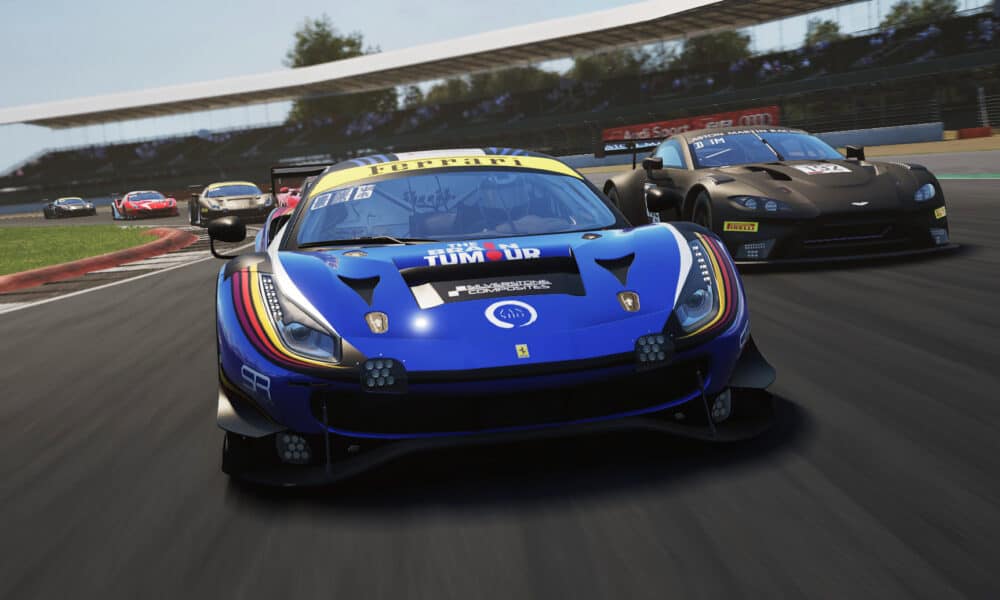
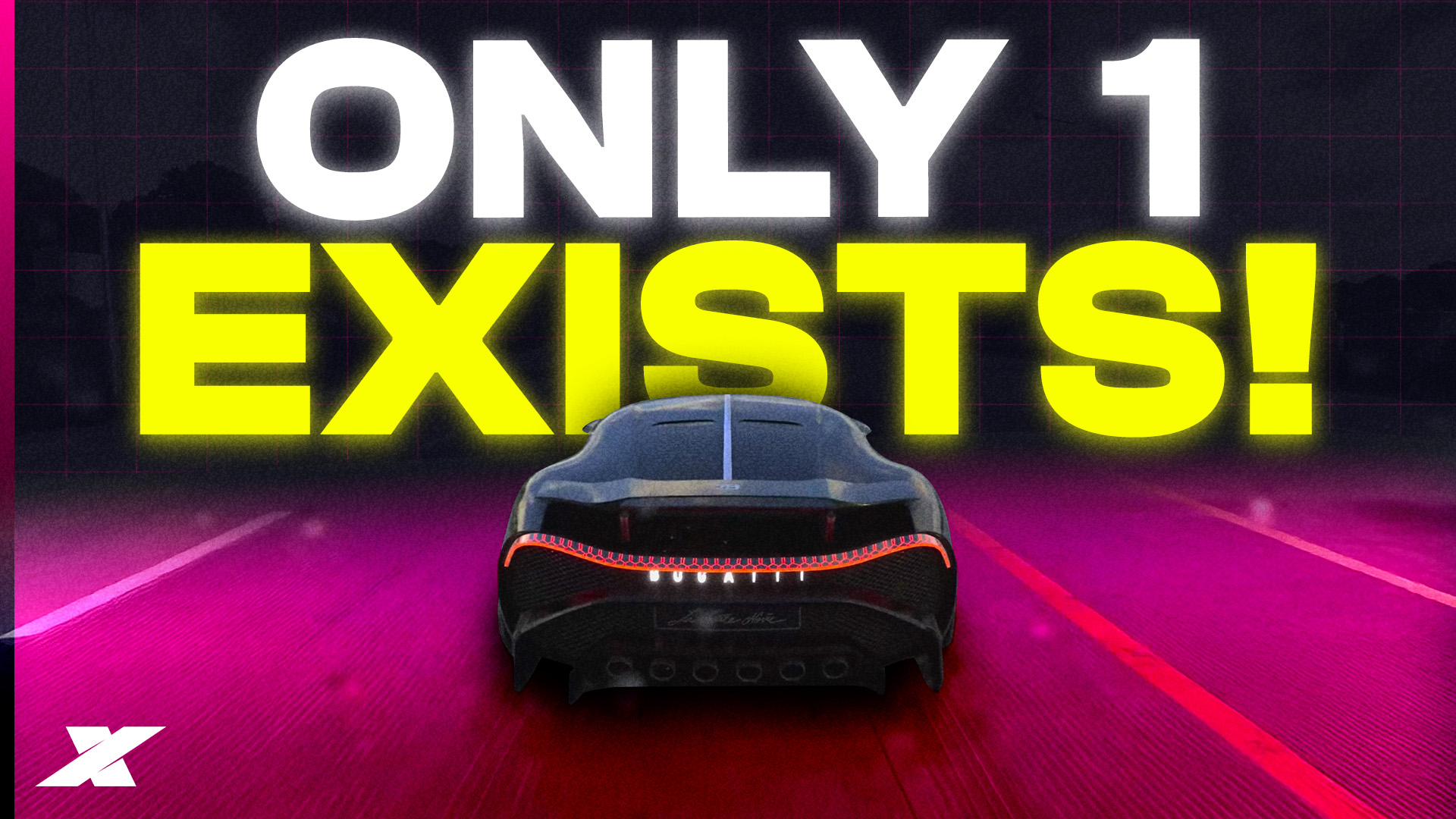

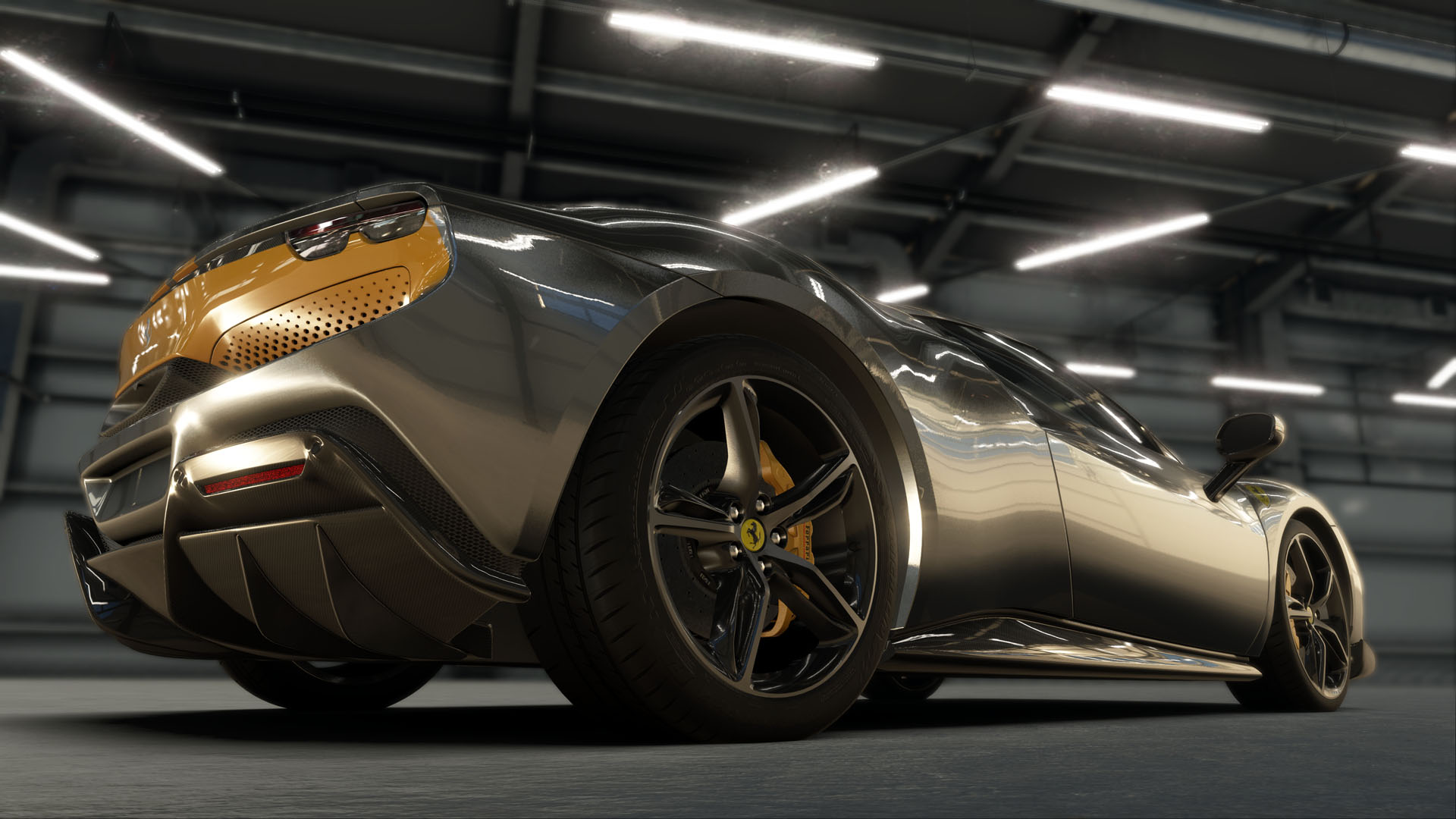

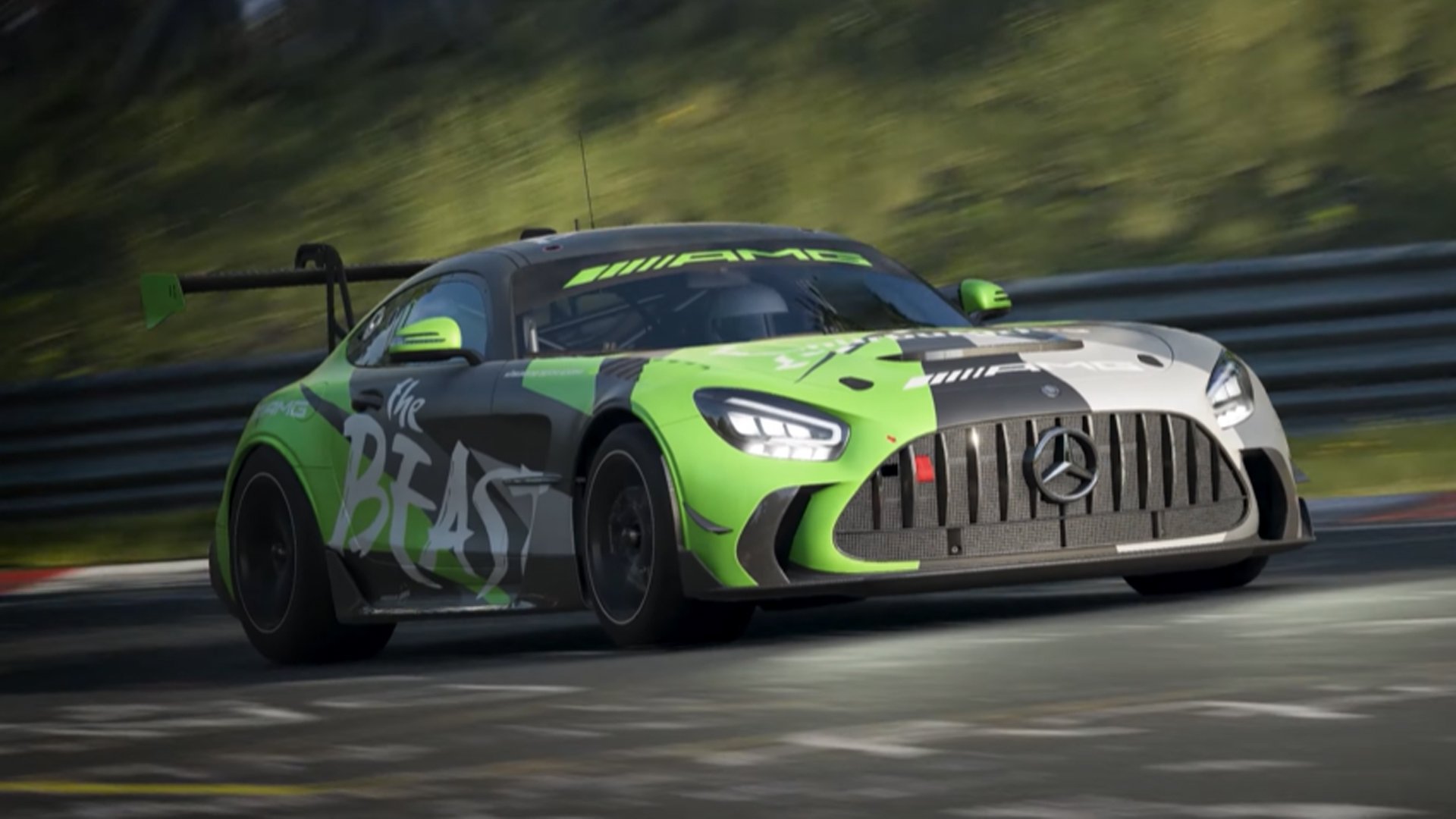
Chat with the Community
Sign Up To CommentIt's completely Free